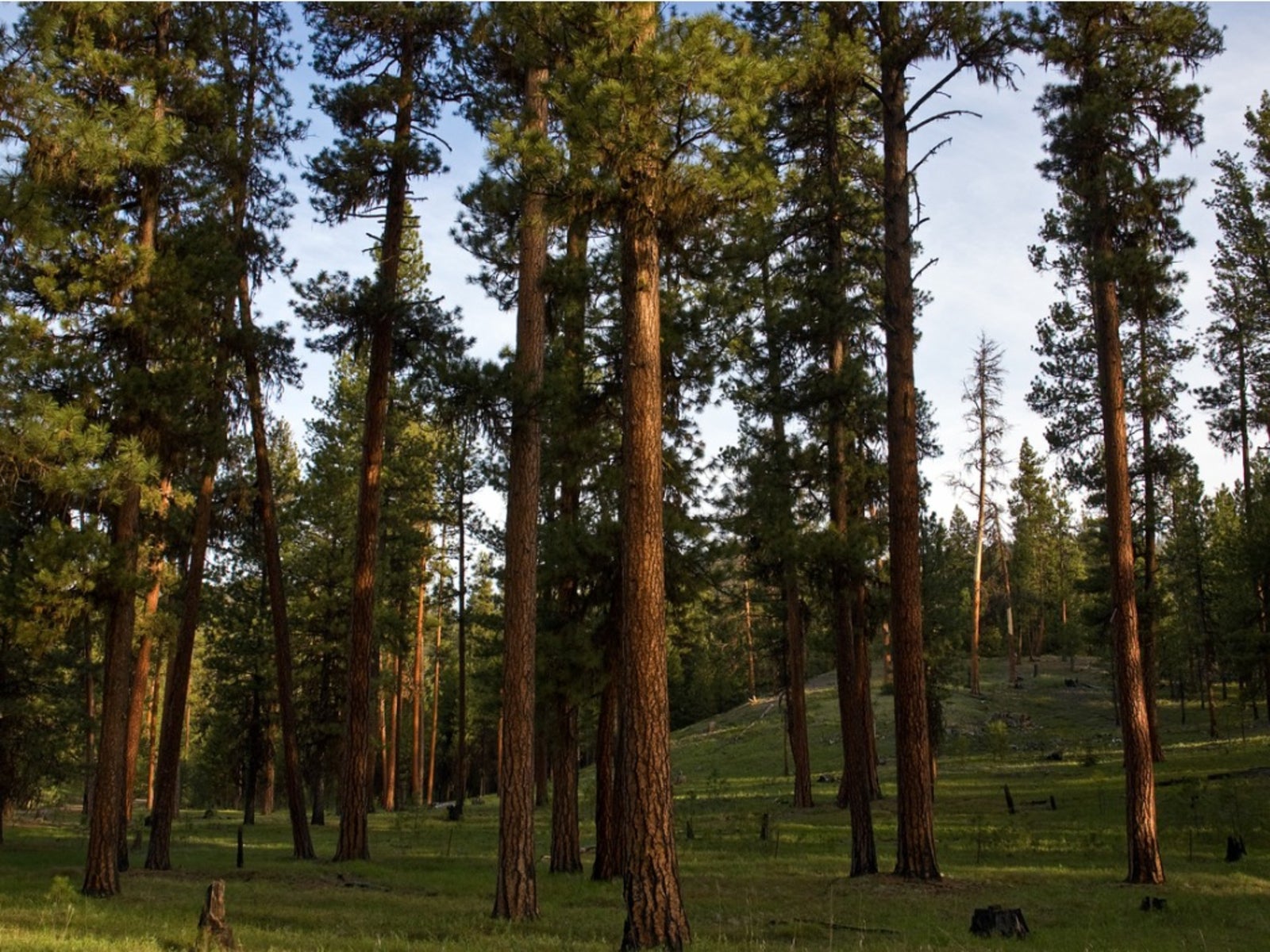Ponderosa Pine Plant Guide: Learn About Ponderosa Pines And Their Care


The Ponderosa pine (Pinus ponderosa) is a monster tree easily recognizable in the natural vista. This evergreen tree may get up to 165 feet (50 m.) tall and has a soaring straight trunk topped by a relatively small crown. The majestic pines are native to North America and are common across the United States in mountainous terrain and high plateaus. Ponderosa pine information must mention their economic importance as a wood source, but stands still remain of these fast growing giants of the forest. Planting one in the home landscape will eventually add dimension to your yard and provide generations of fragrance and evergreen beauty.
About Ponderosa Pines
Ponderosa pines grow in high elevations where they are exposed to winds, heavy snow, and scorching sun. They produce a massive taproot to help the tree anchor its extreme height and delve deep into the earth for water and nutrients. An interesting fact about Ponderosa pines is the number of years to maturity. The trees do not mature until they are 300 to 400 years of age. One of the most important Ponderosa pine growing tips for the home gardener is the space required for this amazing tree. Trunks grow 42 inches (107 cm.) wide and the future height of the tree could threaten power lines and home owner views. Consider these facts if you are installing a young tree.
Ponderosa Pine Information for Mature Trees
These perennial evergreen trees have needle-like leaves that are grouped in bundles of two or three. The bark is grayish black and scaly when trees are young, but as they mature the bark ages to a yellow brown. The mature trees are called yellow pines because of this characteristic. The older bark grows up to 4 inches (10 cm.) thick and breaks up into large plates on the surface of the trunk. If you are fortunate enough to have one in your landscape, they need little care, but you need to watch for pests and disease. Contact a licensed arborist for assistance on these tall beauties. Caring for Ponderosa pine trees in the home landscape usually requires professional assistance due to their size and the physical difficulty of reaching the upper story to assess problems in the tree.
Ponderosa Pine Plant Guide
Building a good structure and scaffold is important when caring for Ponderosa pines at installation. Young trees benefit from light pruning to form balanced branches and ensure a strong central leader or trunk. Newly planted Ponderosa pine growing tips include providing supplemental water for the first year, providing a stake or other support and fertilizing with a phosphorus high food to encourage root growth. Plant them in moist, well-drained soil in full sun in USDA plant hardiness zones 3 to 7. No Ponderosa pine plant guide would be complete without mentioning protection from rodents, deer and other pests. Place a collar around young trees to protect them from nibbling damage.
Sign up for the Gardening Know How newsletter today and receive a free copy of our e-book "How to Grow Delicious Tomatoes".

Bonnie Grant is a professional landscaper with a Certification in Urban Gardening. She has been gardening and writing for 15 years. A former professional chef, she has a passion for edible landscaping.